AN INCREDIBLE career has seen Apache Indian become a great British music icon.
Whether it has been creating a new musical genre, monster hits like Boom Shak-A-Lak, world-class collaborations, trailblazing moments or setting up an academy for new talent, he has had three decades of brilliance.
The singer, songwriter and musician has also inspired artists, done amazing work for charity, and represented the UK globally. All of that and more has been celebrated this year, during his 30th anniversary tour that has entertained cross-cultural audiences around the world.
Eastern Eye caught the musical pioneer during that whirlwind tour and got him to select 30 memorable moments. He said: “This beautiful journey has gifted me so many special moments. Each one has been a blessing. It is impossible to list all of them, but here are 30 that stand out.”
First step: I released my first song myself in December 1989. It wasn’t easy as I had no idea what I was doing. I ended up at a vinyl pressing plant in Leicester and had 500 records made. I only ever planned to release one song, so filled in the necessary forms, where I quickly made up my artist and label name. The song was called Movie Over India.
Reaction: Movie Over India got a massive reaction on the streets of Birmingham among the black and Asian communities in particular. It went straight in at number one in all the local Birmingham reggae charts. Simultaneously, it went to number one in all the Asian-bhangra charts. Something that hadn’t been done before.
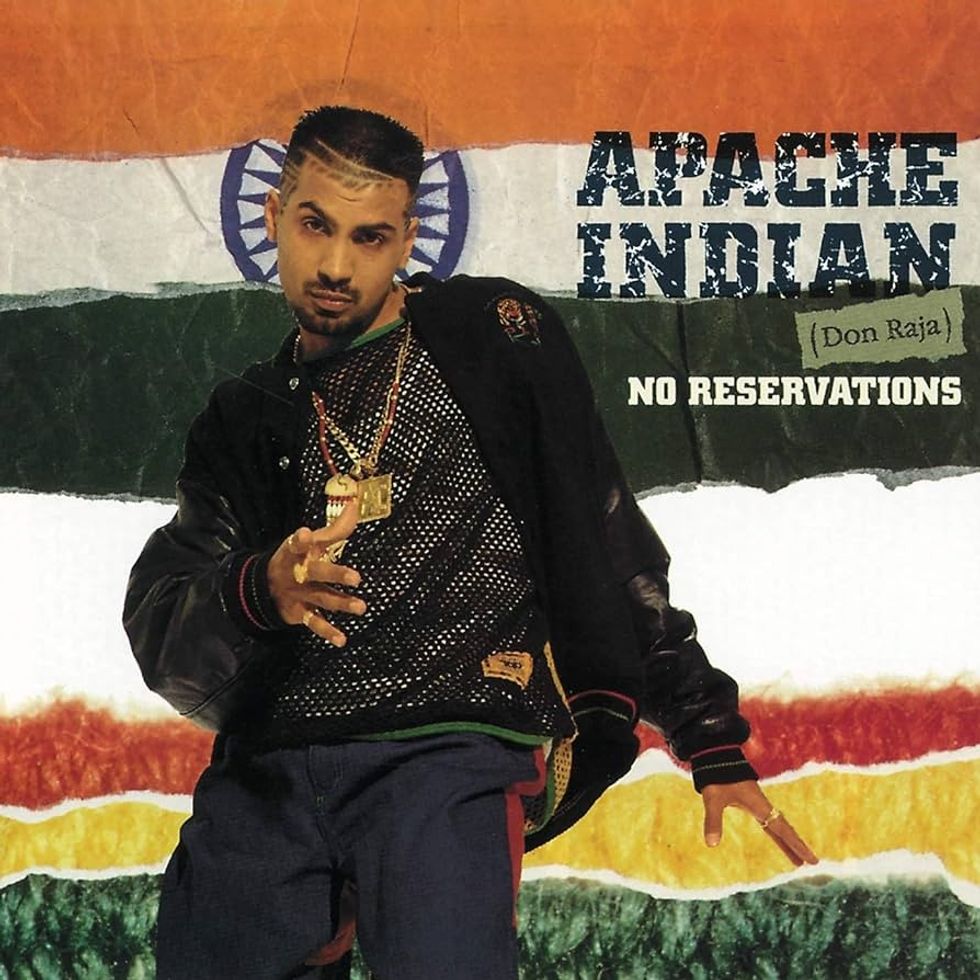
Record label: In 1990 I had a call from the biggest reggae label and distributor from London called Jet Star. They wanted the song I released and two more. I had no plans to record anymore songs but agreed. Movie Over India was released by Jet Star in 1990 and went to number one in the national reggae charts. The second song I recorded was Chok There and the third was Don Raja. Both these songs also hit the top spot in all reggae and Asian charts across the country in 1991-92.
Majors: In 1992 I started getting offers from some of the major record labels in the UK. I signed a worldwide deal with Island Records which was Bob Marley’s label under Universal Music. The deal was worth a lot of money at the time which was a big deal for me at 23 years old.
Tuff Gong: I recorded my first album with my cousins, Simon & Diamond in Birmingham. The three of us flew to Jamaica to record with the legendary reggae producers Sly & Robbie at Tuff Gong, Bob Marley Studios in Kingston. This was a spiritual experience that has guided me through my career.
Debut album: My first album No Reservations was released in 1992. The first single from the album was Arranged Marriage, which went straight into the National UK charts at number 29.
Television: I performed Arranged Marriage on the biggest music TV show at the time, Top of the Pops, where I met Paul McCartney from the Beatles. Arranged Marriage moved up to number 16 the following week. I also performed on other TV shows including The Jools Holland Show, The Word, and Blue Peter
Nominations: Arranged Marriage went on to be nominated for the best contemporary song by the prestigious Ivor Norvello Awards alongside Take That and M People. My debut album, No Reservations went on to be nominated for the Mercury Music Prize, as well as many other awards.
International: I started performing across the UK and was offered a big reggae show in New York with my idols Super Cat, Frankie Paul and Shabba Ranks. This was a big deal for me, being around artists I grew up listening to. After that show, I went on to perform in Toronto at my first international Asian gig. Seeing people enjoy my music overseas was incredible.
More chart success: Island Records went on to release more singles of No Reservations including, Chok There and Fe Real with Maxi Priest. Both songs went into the national British charts. I started performing on more big British TV shows and touring across Europe.
Nuff Vibes: I started recording my second album in 1993. Before the album was released, Island Records decided to release a four-track EP called Nuff Vibes which featured the song, Boom Shack-A-Lak. This song went straight into the national British charts at number eight. I was invited to perform on Top of the Pops again. Boom Shack-A-Lak moved up to number five in the charts.
Monster hit: Boom Shack-A-Lak blew up around the world and then was featured in the blockbuster Hollywood film, Dumb & Dumber. It has since been featured on over 200 TV commercials worldwide as well as eight Hollywood movies, including Dumb & Dumber 2 and Scooby Doo 2.
Further recognition: Following all the success, I was nominated for four Brit Awards and performed at the Smash Hits Poll Awards with Take That, E17, Will Smith and many other leading pop acts at the time.
India: My first India trip proved to be life changing. My songs were major hits across the country, and it was the first time Asian rap music was introduced to the market. I couldn’t believe how popular the music had become in India. I was performing to crowds of over 40,000 people in various cities. I was taken to see Sonia Gandhi and the prime minister of India at the time.
Reggae splash: I performed on the big Reggae Japan Splash Tour in 1994-95 with all the leading reggae artists at the time from Jamaica. This was a great experience as I performed with a live band for the first time, called the 809 Band from Kingston. I was the only UK artist and Asian on the tour. We performed in 14 cities across Japan ending up in Tokyo in front of over a hundred thousand people. I headlined alongside the IThrees, Shaggy and many others. I continued earning the respect from the reggae industry too. You can still find this on YouTube.
Second album: My second album, Make Way For The Indian was released in 1995. We went on to release more singles including, the album’s title track featuring famous hip hop rapper Tim Dog, and Raggamuffin Girl with reggae legend Frankie Paul from Jamaica. Both songs also went into the British charts.
Radio 1: I was the first Asian artist in the national UK charts taking the fusion of bhangra and raggamuffin mainstream. People started calling it bhangramuffin. I was then asked to present my own show on BBC Radio 1. I presented the Apache Indian show and became the first Asian DJ on national radio in the UK. I used this platform to promote bhangra and reggae. I also invited many artists on the show for interviews and live performances.
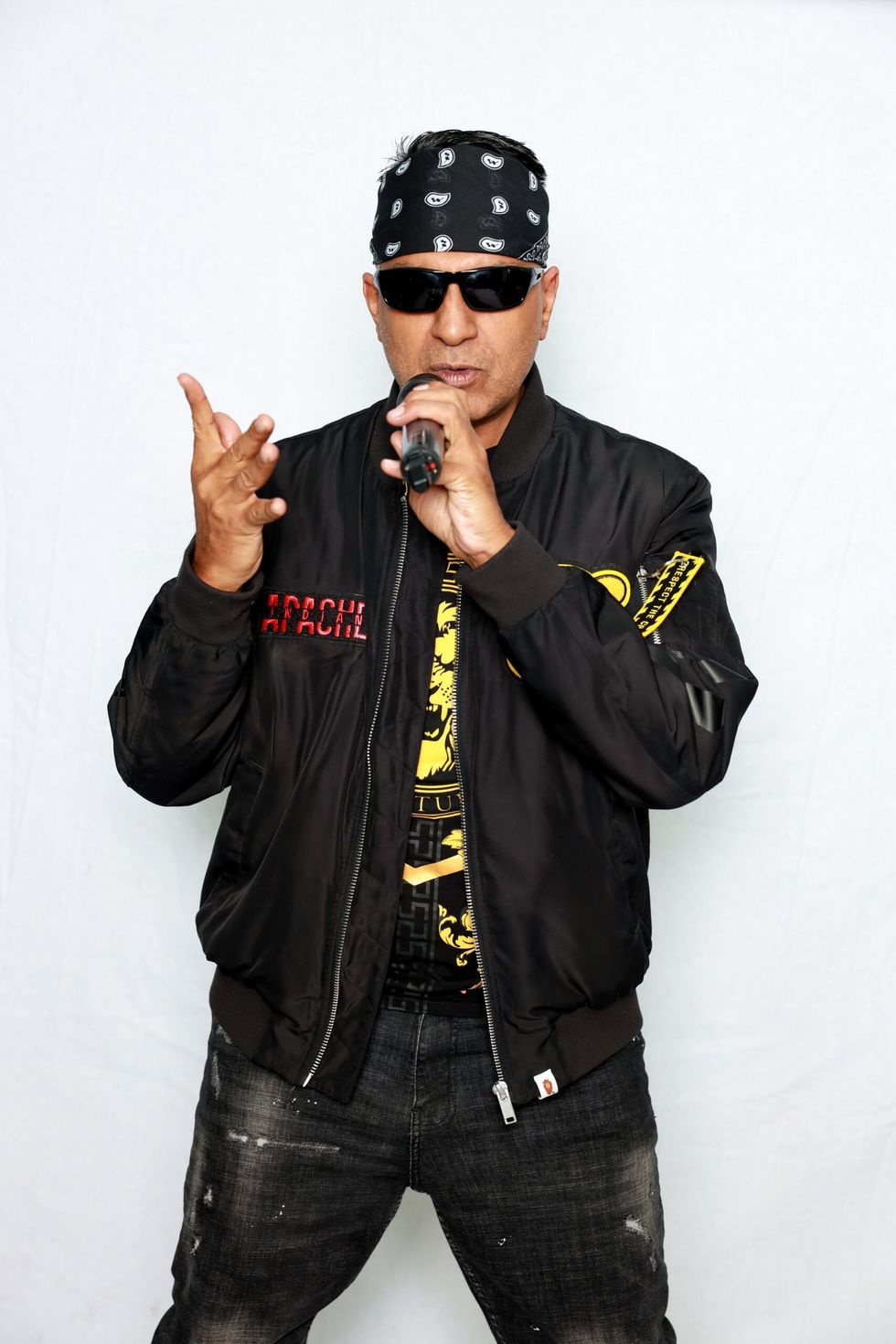
MTV: I went on to present a show for MTV called Reggae Sound System from Jamaica with female reggae artist Patra. We recorded 13 episodes interviewing artists such as Beenie Man, Chaka Demus & Pliers, and many others.
Soul: I went on to present a show for Charlton/ ITV called Soul Music, which included performances from artists such as Gabrielle, Lynden David Hall, Asian Dub Foundation and more. The show was very similar to the Jools Holland Show, but the acts were from a more varied range of genres.
Mumbai: I was asked to present a big TV show from India called Apache goes Indian for Channel 4. I went to India for six weeks and presented six episodes from Mumbai focusing on the different lifestyles of the city. This experience opened my eyes to the levels of poverty and corruption in India. I started working with various charities in India over the coming years.
Cinema: While in India I recorded a song with AR Rahman called No Problem for Tamil movie Love Birds. I was also featured in the movie with dancing sensation Prabhu Deva. This was my ‘Movie Over India’ dreams do come true.
Icon: I also recorded a song with the legend herself Asha Bhosle entitled Yeh Ladka, which went on an album called Rahul & I in memory of her late husband (RD Burman). What an absolute honour!
Big bhangra: A big collaboration I recorded was Dil Luteya with bhangra legend Jazzy B. We filmed the music video on the streets of Mumbai. The global hit crossed genres and generations. This song was produced by the great Sukshinder Shinda, whom I went to secondary school with.
Collaborations: Having toured globally many times over and recorded albums, and singles for various labels including Warner Brothers, I could do a long list of collaborations alone as they have all been great experiences. Some memorable ones include with great artists such as Malkit Singh, Yami Bolo, Capelton, Tippa Irie, Luciano, Raghav, Yo Yo Honey Singh, Desmond Dekker, Boy George, Raftaar, Zen Lewis, Jim Beanz and so many more.
Giving back: In 2014 I opened The Apache Indian Music Academy (AIM) in my hometown Handsworth in collaboration with South and City College. The idea was to help young people with music and life skills free of charge at least once a week. The academy has been running for over 10 years now, helping many young people and working very closely with the community. We were featured on the BBC One Show just after lockdown.
Award: In 2021 I was presented with the British Empire Medal (BEM) by the late Queen of England recognising my contribution to music and community, and for starting a new genre of music. This highlight of my career showed I had come a long way.
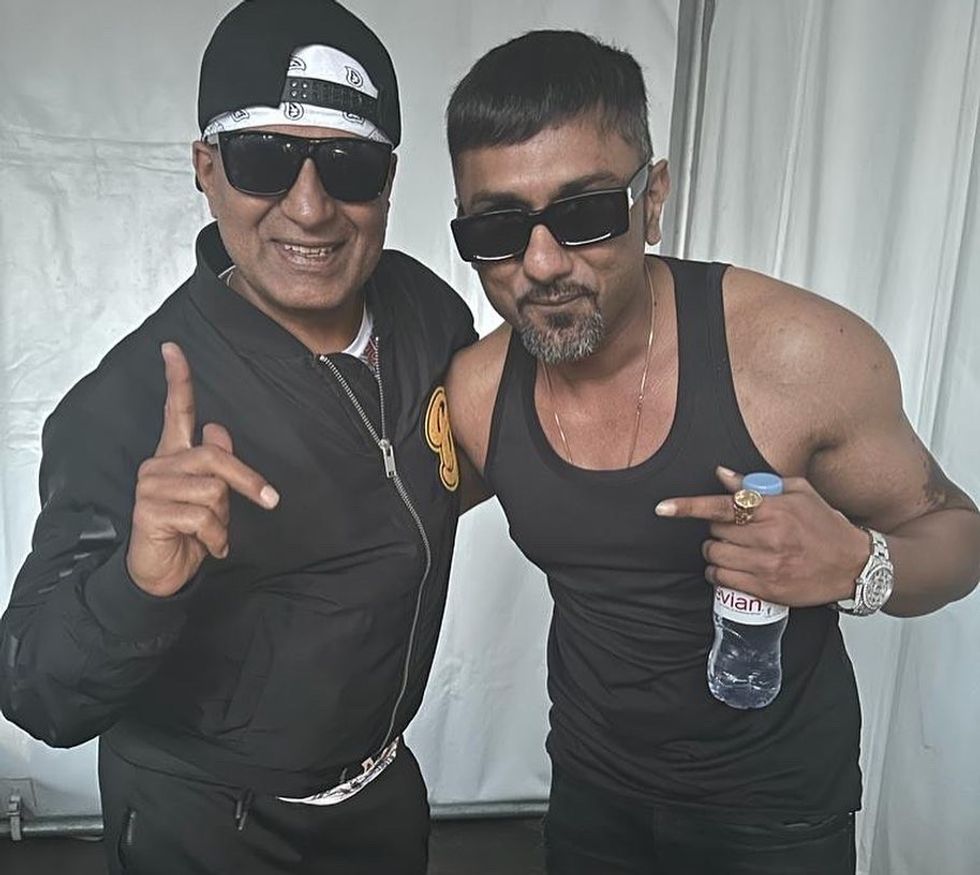
Commonwealth: In 2022 I performed live at the closing ceremony of the Commonwealth Games in Birmingham in front of 30,000 people to an audience of over a billion people watching across the globe. Representing my city to the world was so special.
Anniversary tour: In 2023 I started another world tour celebrating 30 years in the music industry. This has already taken me across the UK, India, Holland, Bulgaria, Cyprus, Dubai, New York and is still going.
Biopic: When I was in India, I signed a deal with Universal Music to start working on a biopic film based on my life and career. Watch this space.
Fans: Last, but not least, I have had the most special moments with music fans who have inspired me from day one. I am thankful to everyone who has supported me. Knowing people have been entertained by my music and felt happiness, is a feeling that will always remain special. Here is looking forward to another 30 years of bringing more happiness through my music. Keep updated and get in touch.
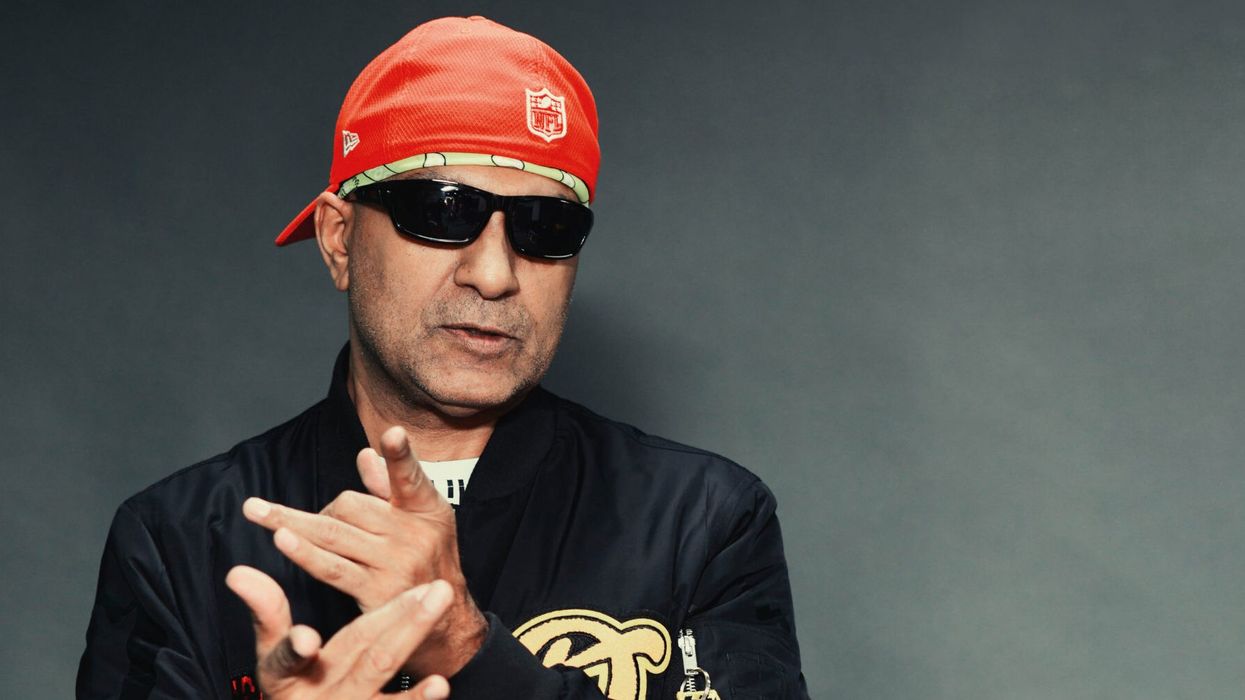
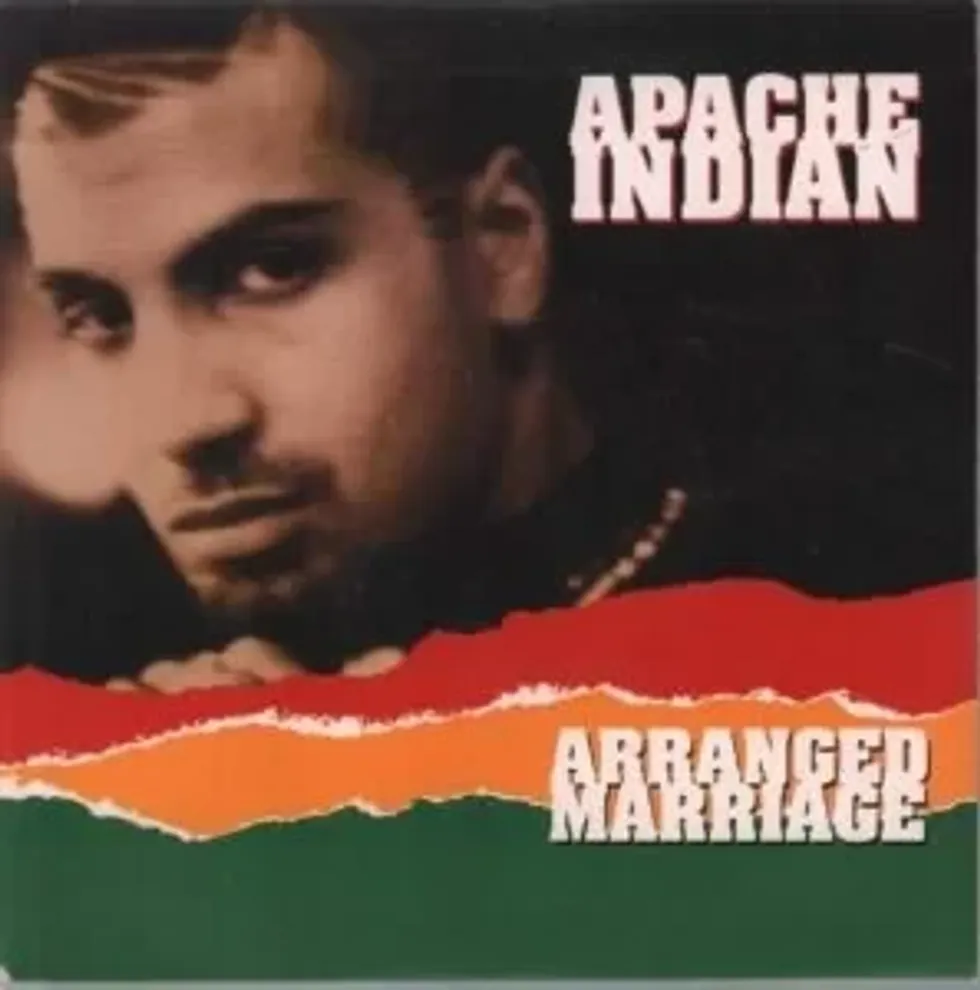
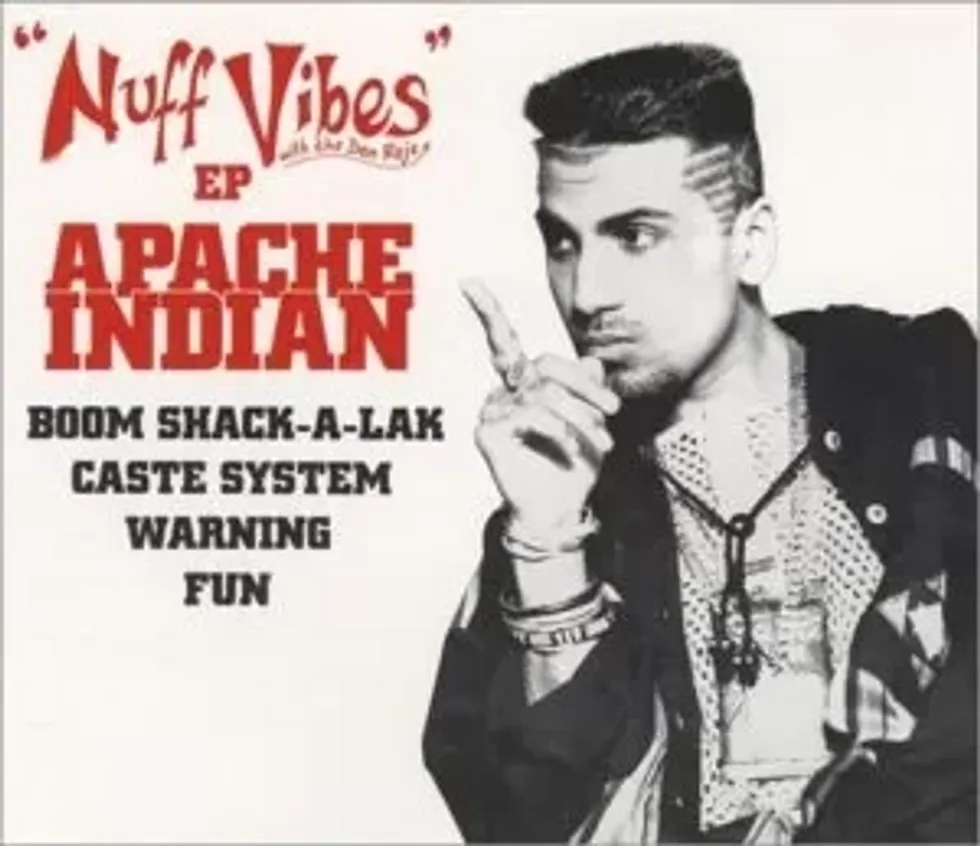




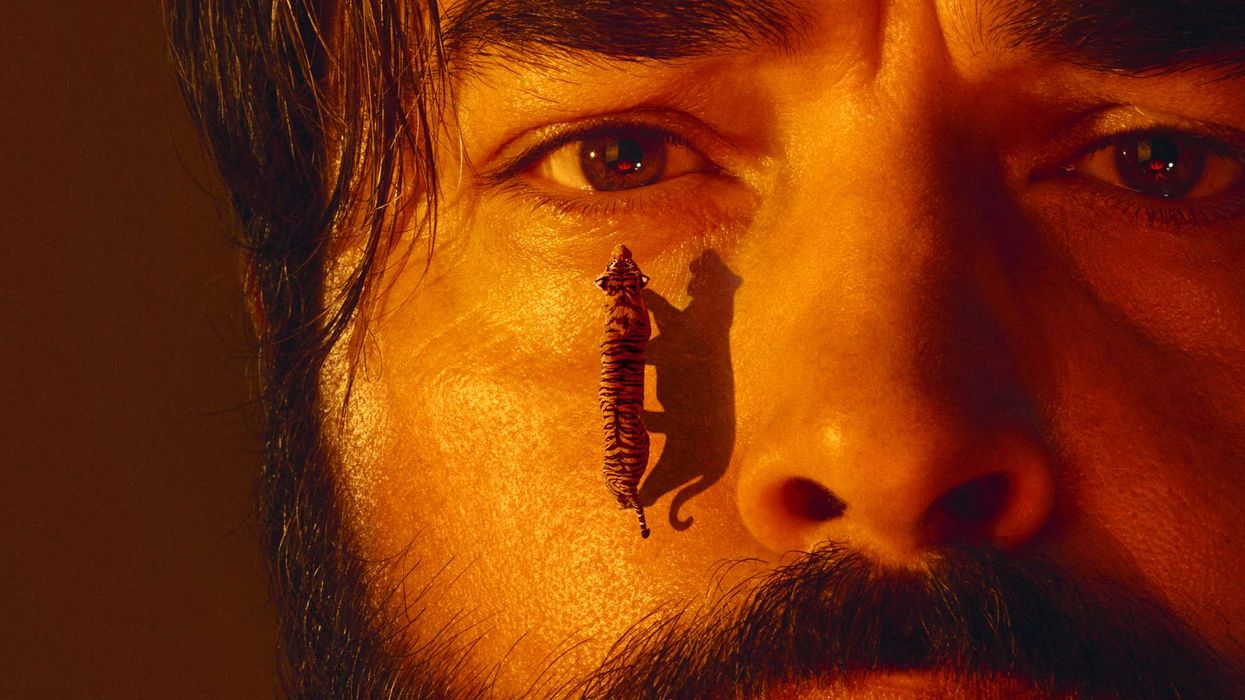
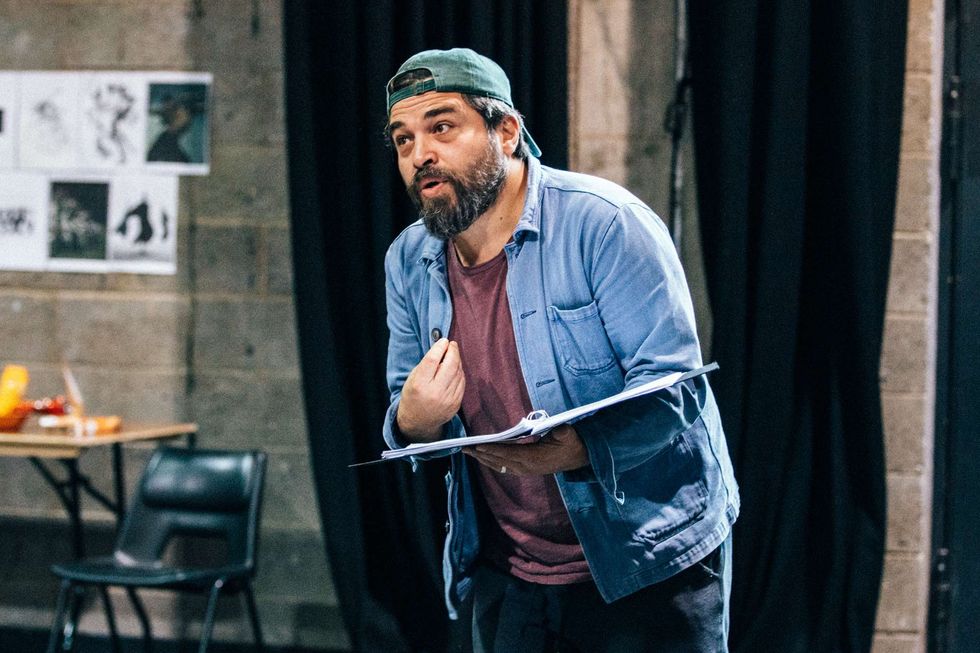 Ammar says the play’s script itself served as a compass in navigating Musa’s divided psycheIsha Shah
Ammar says the play’s script itself served as a compass in navigating Musa’s divided psycheIsha Shah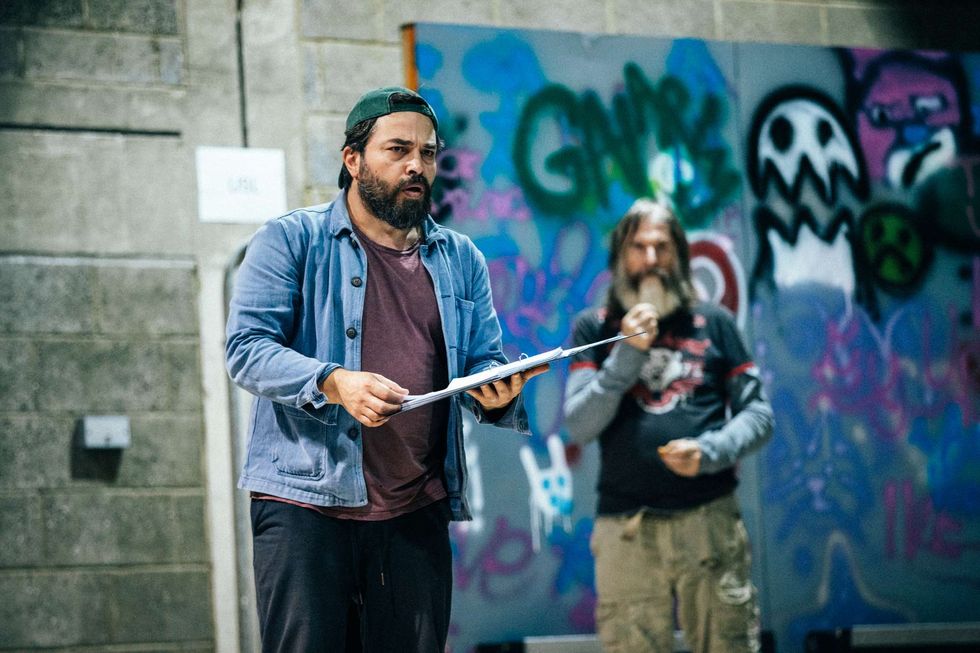 Bengal Tiger at the Baghdad Zoo runs at the Young Vic Theatre in London from December 2 – 31 January 31 2026Isha Shah
Bengal Tiger at the Baghdad Zoo runs at the Young Vic Theatre in London from December 2 – 31 January 31 2026Isha Shah






